Humans
Sign up for our newsletter
We summarize the week's scientific breakthroughs every Thursday.
-
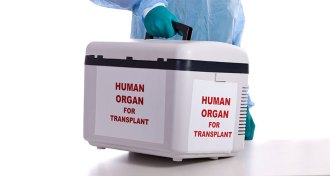 Health & Medicine
Health & Medicine50 years ago, early organ transplants brought triumph and tragedy
In 1968, the liver transplant field had its first small successes. Now, more than 30,000 patients in the U.S. receive a donated liver each year.
-
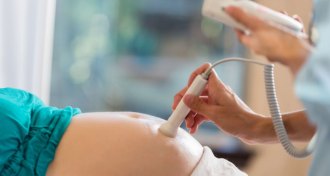 Health & Medicine
Health & MedicineA new study eases fears of a link between autism and prenatal ultrasounds
On almost every measure, prenatal ultrasounds doesn’t appear to be related to a risk of developing autism, a recent study finds.
-
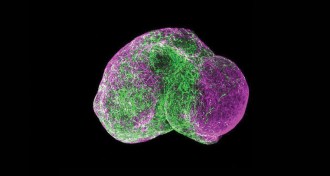 Humans
HumansHow to build a human brain
Organoids, made from human stem cells, are growing into brains and other miniorgans to help researchers study development
By Ingfei Chen -
 Archaeology
ArchaeologyModern tech unravels mysteries of Egyptian mummy portraits
A museum exhibit showcases what modern analytical tools can reveal about ancient Egyptian funerary portraits and mummies.
-
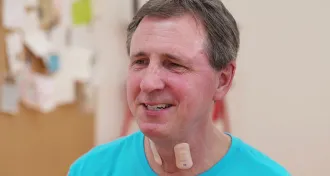 Tech
TechThis stick-on patch could keep tabs on stroke patients at home
New wearable electronics that monitor swallowing and speech could aid rehabilitation therapy for stroke patients.
-
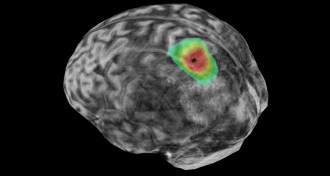 Neuroscience
NeuroscienceTo hear the beat, your brain may think about moving to it
To keep time to a song, the brain relies on a region used to plan movement — even when you’re not tapping along.
By Dan Garisto -
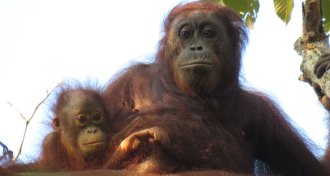 Anthropology
AnthropologyIn Borneo, hunting emerges as a key threat to endangered orangutans
Only small numbers of Bornean orangutans will survive coming decades, researchers say.
By Bruce Bower -
 Genetics
GeneticsStudy debunks fishy tale of how rabbits were first tamed
A popular tale about rabbit domestication turns out to be fiction.
-
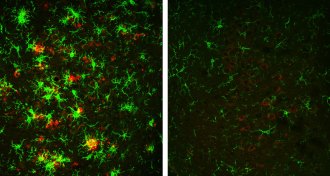 Health & Medicine
Health & MedicineCutting off a brain enzyme reversed Alzheimer’s plaques in mice
Inhibiting an enzyme involved in the production of Alzheimer’s protein globs also made old globs, or plaques, disappear in mouse brains.
-
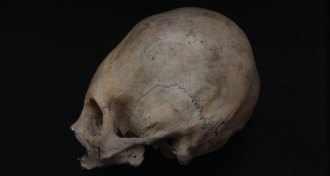 Anthropology
AnthropologyElongated heads were a mark of elite status in an ancient Peruvian society
Elites in ancient Peruvian society developed a signature, stretched-out head shape over several centuries.
By Bruce Bower -
 Animals
AnimalsEven after bedbugs are eradicated, their waste lingers
Bedbug waste contains high levels of the allergy-triggering chemical histamine, which stays behind even after the insects are eradicated.
-
 Health & Medicine
Health & Medicine14 cattle eyeworms removed from Oregon woman’s eye
Oregon woman has the first ever eye infection with the cattle eyeworm Thelazia gulosa.